Sugar gliders have grown in popularity as exotic pets in recent years, but are they a good fit for your household? These small, nocturnal marsupials require specialized care, a strict diet, and plenty of social interaction. Before considering one as a pet, it’s essential to understand their needs, the legalities of ownership, and the long-term commitment they require.
What Are Sugar Gliders?
Sugar gliders (Petaurus breviceps) are small, tree-dwelling marsupials native to Australia, Indonesia, and New Guinea. They are named for their love of sweet foods and their ability to glide through the air using the skin flaps between their wrists and ankles.
Basic Facts About Sugar Gliders
- Scientific Classification: Sugar gliders belong to the marsupial family, meaning they carry and nurse their young in a pouch, similar to kangaroos and koalas.
- Size: Adults typically weigh between 3 and 5 ounces and are about 5 to 7 inches long, not including their tail.
- Lifespan: In captivity, sugar gliders can live between 12 to 15 years with proper care.
- Social Behavior: Wild sugar gliders live in groups in forests and rely heavily on social bonds. In captivity, they require frequent interaction and are best kept in pairs or small groups.
- Diet: Sugar gliders are omnivores, eating a combination of fruits, nectar, tree sap, insects, and small vertebrates. Their diet in captivity must be carefully managed to avoid nutritional deficiencies.
- Activity Cycle: Sugar gliders are nocturnal, meaning they are most active at night.
Legality of Owning a Sugar Glider
The legality of owning sugar gliders varies across the United States, with regulations differing not only by state but sometimes by local jurisdictions as well.
In many states, sugar gliders are legal to own without any special permits or licenses. However, it’s always advisable to check local ordinances, as some municipalities may have their own restrictions!
Some states allow sugar glider ownership but impose specific regulations:
- Georgia: Sugar gliders are legal to own, but owners must obtain a special permit from the Georgia Department of Natural Resources.
- Massachusetts: Ownership is permitted; however, a permit is required from the Massachusetts Division of Fisheries and Wildlife.
- New York: While sugar gliders are legal in most parts of the state, they are prohibited in New York City.
- Pennsylvania: Sugar gliders are legal to own, but breeders require a special permit, and there are some restrictions on selling them.
In certain states, owning sugar gliders is prohibited:
- California: Sugar gliders are classified as a prohibited species and cannot be kept as pets.
- Hawaii: Due to concerns about the potential impact on the local ecosystem, sugar gliders are illegal to own.
- Alaska: Sugar gliders are not on the state’s “clean list” of animals allowed without a permit, making them illegal to own.
Even within states where sugar gliders are legal, local governments may have their own rules. For example, some cities or counties might have ordinances that prohibit or restrict exotic pets. It’s essential to consult local animal control agencies or municipal codes to ensure compliance.
International Considerations: If you’re outside the United States, regulations vary by country and region. For instance, in Australia, where sugar gliders are native, their ownership is regulated to protect wild populations. In some European countries, specific permits may be required, and in others, ownership might be prohibited. Always consult local wildlife authorities to ensure compliance with regional laws.
Before considering a sugar glider as a pet, it’s crucial to research and understand the specific laws in your area. Consulting with local wildlife agencies or departments of natural resources can provide clarity and ensure that you remain in compliance with all regulations.
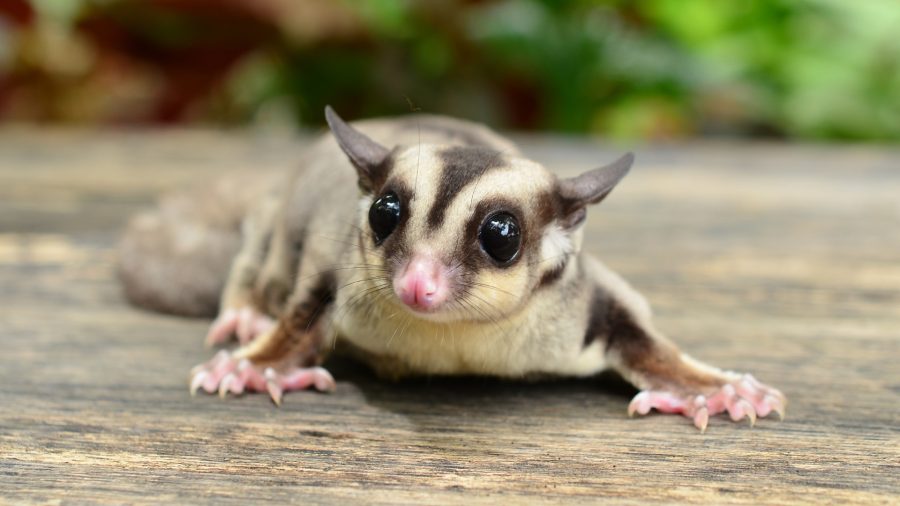
What You Need to Know About Sugar Gliders
Housing Requirements
Sugar gliders are arboreal (tree-dwelling), so they need vertical space to climb and glide!
When setting up a sugar glider habitat, height is more important than width to allow for climbing and gliding. While traditional small pet cages are often too short, a large parrot cage like this one makes an excellent alternative for creating a spacious and enriching environment fora sugar glider.
- Minimum cage size: 24 inches wide x 24 inches deep x 36 inches high (bigger is better).
- Bar spacing: No more than ½ inch apart to prevent escape.
- Essential cage accessories:
- Nesting pouches or small sleeping hammocks.
- Branches, ropes, and ladders for climbing.
- Toys for enrichment (avoid plastic items that can be chewed and swallowed).
- A running wheel (must be solid, not wire-based, to prevent tail injuries).
Sugar gliders are highly active and need supervised out-of-cage time every day to stay happy and healthy. It’s also worth noting that in general, sugar gliders cannot be house trained.
Diet and Nutrition
Sugar gliders require a balanced, calcium-rich diet to prevent nutritional disorders such as metabolic bone disease (MBD), which can cause paralysis and death.
A proper sugar glider diet should include:
- Fruits and vegetables (apples, carrots, sweet potatoes, leafy greens).
- Protein sources (insects, boiled eggs, lean cooked chicken).
- Calcium supplements to prevent deficiencies.
- Commercial sugar glider food (check for high-quality brands, but do not rely on pellets alone).
Avoid feeding them:
- Processed foods, sugar, or artificial sweeteners.
- Chocolate, caffeine, onions, garlic, or dairy products (these can be toxic).
- Seeds and nuts in excess (high in fat and low in essential nutrients).
Who Should Own a Sugar Glider?
Responsible adults who have the time to devote a substantial amount of attention to their sugar glider are good candidates for providing a domesticated sugar glider with a happy home. Since sugar gliders are highly social, they easily bond with humans, but they need a lot of attention to thrive.
Sugar gliders thoroughly enjoy being carried around in their owner’s shirt pocket for the greater part of the day since they crave the companionship so much. If sugar gliders are neglected and do not have much contact with their owner, they can actually die. Even if you get two sugar gliders together, an owner will still need to give both gliders a lot of attention on a daily basis!
Adults considering a sugar glider as a pet should also be aware they will need to clean a cage at least once a week and pay close attention to their sugar glider’s strict diet and health. Adults who work very, very long hours and are gone the vast majority of the day should not get a sugar glider.
Ideal Sugar Glider Owners
- Responsible adults with time and patience.
- Individuals willing to provide daily social interaction (sugar gliders bond closely with their owners and need hours of attention).
- People who can commit long-term (sugar gliders live over a decade).
- Experienced exotic pet owners who understand specialized diets and veterinary needs.
Who Should Avoid Sugar Gliders
- Busy individuals who work long hours: Sugar gliders require frequent attention.
- Young children: Sugar gliders are delicate, easily stressed, and have sharp teeth and claws.
- People who want a “low-maintenance” pet: Sugar gliders require daily care, cleaning, and special diets.
Common Sugar Glider Questions
No. Sugar gliders require specialized diets, daily social interaction, and a large enclosure with enrichment. They are exotic pets, meaning they have unique needs that can be challenging for first-time pet owners.
Yes, they can. Sugar gliders are not aggressive by nature, but they may bite when scared, stressed, or unaccustomed to handling. Proper socialization and trust-building reduce biting, but it can still happen, especially with new or unsocialized gliders.
12 to 15 years in captivity with proper care. This is a long-term commitment!
No, it’s not recommended. Sugar gliders are highly social and live in groups in the wild. A lone sugar glider can become depressed, anxious, or even self-harm if it doesn’t have companionship. It’s always best to get at least two so they have a buddy.
No, not reliably. Sugar gliders do not have the ability to be fully house-trained like cats or dogs. They tend to relieve themselves frequently and without much control, so expect small messes if you handle them.
No, not for young children. Sugar gliders are fragile, nocturnal, and require gentle handling. They also have sharp teeth and claws, which can accidentally scratch or bite. Older, responsible children with adult supervision may be able to help care for them.
Yes. Sugar gliders are most active at night and sleep during the day. This means they may make noise while you’re trying to sleep, and they may not be as interactive during typical human waking hours.
A balanced diet includes: Fruits, vegetables, protein (insects, eggs, or lean meat), Calcium supplements (to prevent deficiencies), Commercial sugar glider food (as part of the diet, not the only source). Avoid: Processed foods, dairy, chocolate, caffeine, onions, garlic, and excess nuts or seeds.
Yes, they have a natural scent. Males mark their territory with scent glands, and their urine can have a musky odor. Regular cage cleaning and a proper diet help minimize the smell.
Yes. They require exotic pet veterinarians who specialize in marsupials. Routine health checks are important since sugar gliders hide illnesses until they are severe.
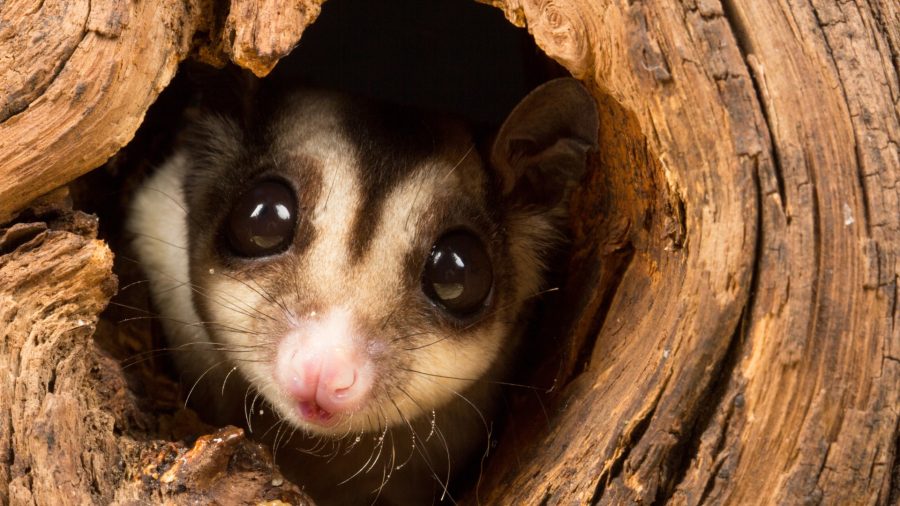
So, Are Sugar Gliders Good Pets?
Sugar gliders can be loving, engaging pets for the right owner but require significant commitment. They are best suited for individuals who:
- Have experience with exotic pets
- Can dedicate daily time for interaction
- Understand their dietary and social needs
- Live in a state where ownership is legal
If you have the time, knowledge, and legal ability to care for sugar gliders properly, they can be affectionate and fascinating companions. However, they are not beginner pets and should only be adopted by those willing to commit to their long-term well-being.
If you’re considering a sugar glider, do your homework: thoroughly research their care, prep your space with everything they’ll need, and ensure you have access to an exotic animal veterinarian before adopting!
Further Reading & Resources
- USDA APHIS – Animal Welfare Act & Licensing
Guidelines on licensing and regulations for exotic animal ownership in the U.S. - USDA APHIS – General Information
The official website of the USDA Animal and Plant Health Inspection Service. - Sugar Glider Ownership Laws by State – Angel Fire
A state-by-state breakdown of sugar glider ownership laws in the U.S. - State Laws on Exotic Pets – World Population Review
Interactive map and list of exotic pet laws by state. - Sugar Glider Ownership & Laws – Pet Assure
Overview of sugar glider ownership rules and legal considerations. - Sugar Glider Care Guide – PetMD
Comprehensive guide on sugar glider care, diet, and health. - The Pros and Cons of Having a Pet Sugar Glider – Broomfield Vet
Breakdown of benefits and challenges of owning a sugar glider. - Wikipedia: Sugar Glider Overview
General information about sugar gliders, including habitat and biology. - Sugar Glider Diet & Health – Exotic Nutrition
Detailed diet guide, including safe and unsafe foods. - Sugar Glider Housing & Enrichment – The Spruce Pets
Housing requirements, enrichment, and handling tips.

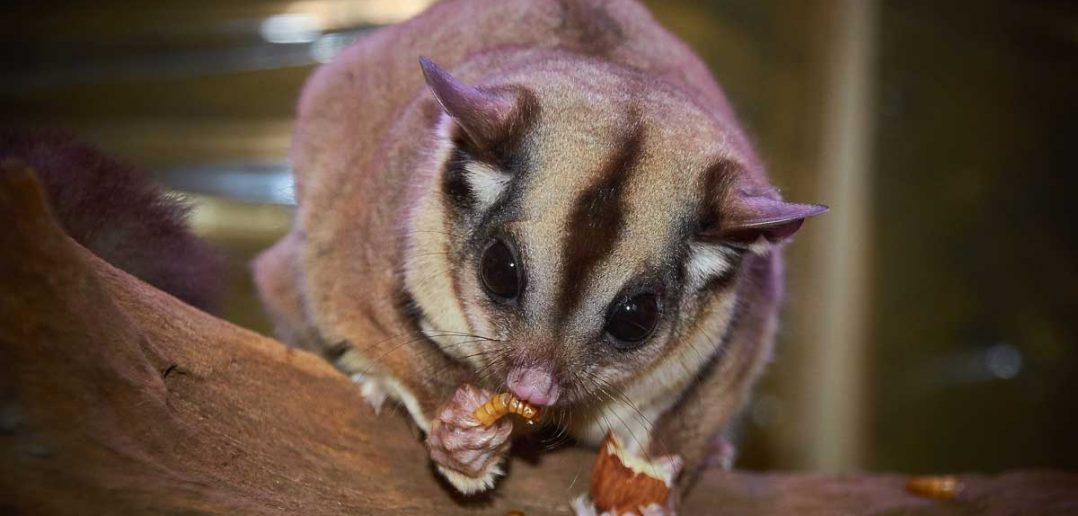
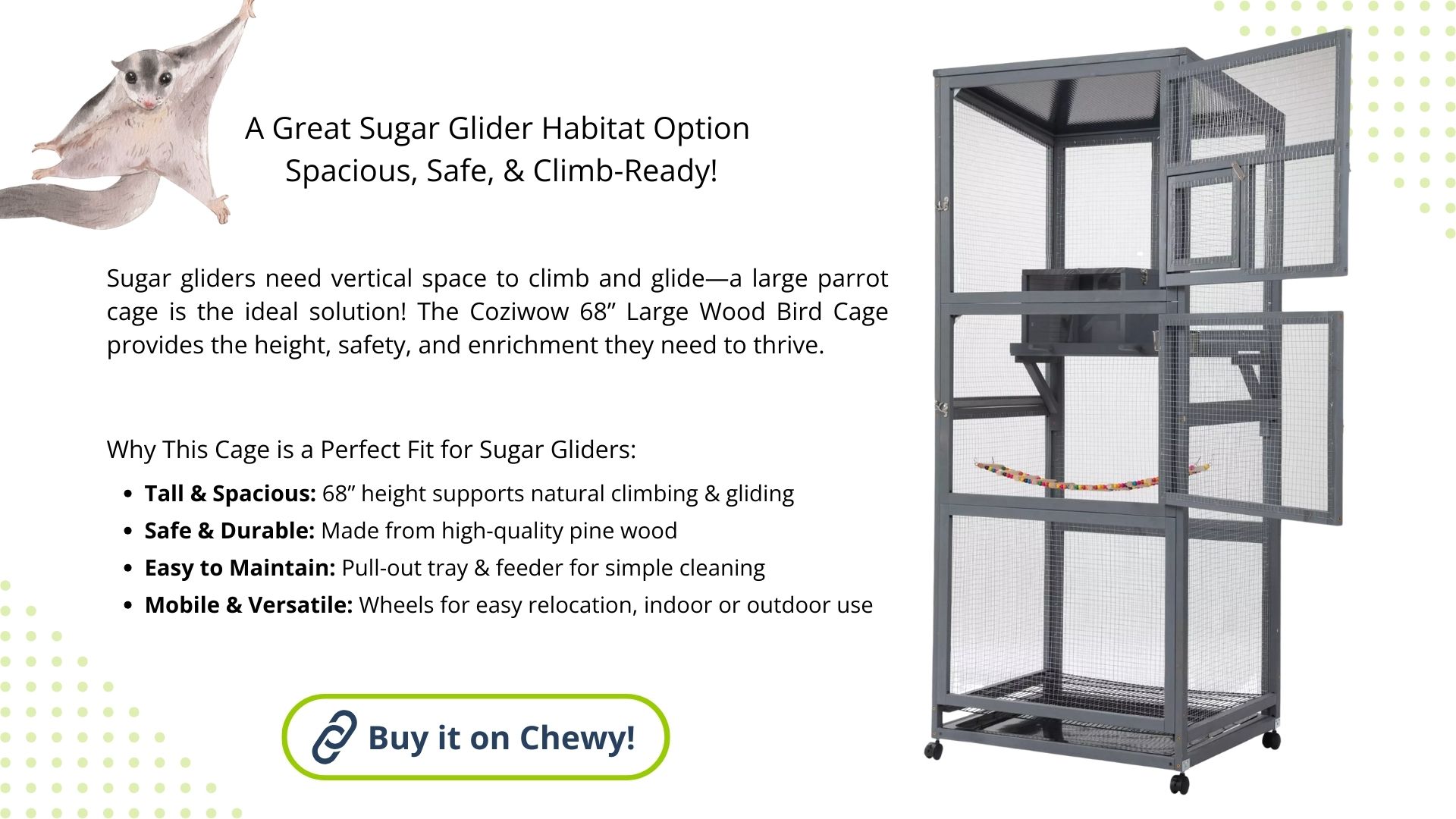
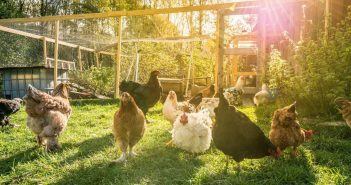

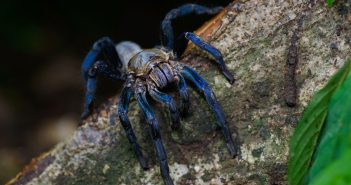
4 Comments
Awesome, I love animals 🙂
Hi thanks for the blog Jessica. Never heard of Suger Gliders before , wonderful education thx
Intriguing pet choice, I’d love to see a few of these climbing around and gliding through my home, ha.
It is good to see somebody posting accurate info about sugar gliders because there are some websites that try to convince people sugar gliders are easy pets that are suitable for children. Thanks for helping to educate people about what kinds of pets sugar gliders really are. Although they are wonderful pets, they are not right for everyone.